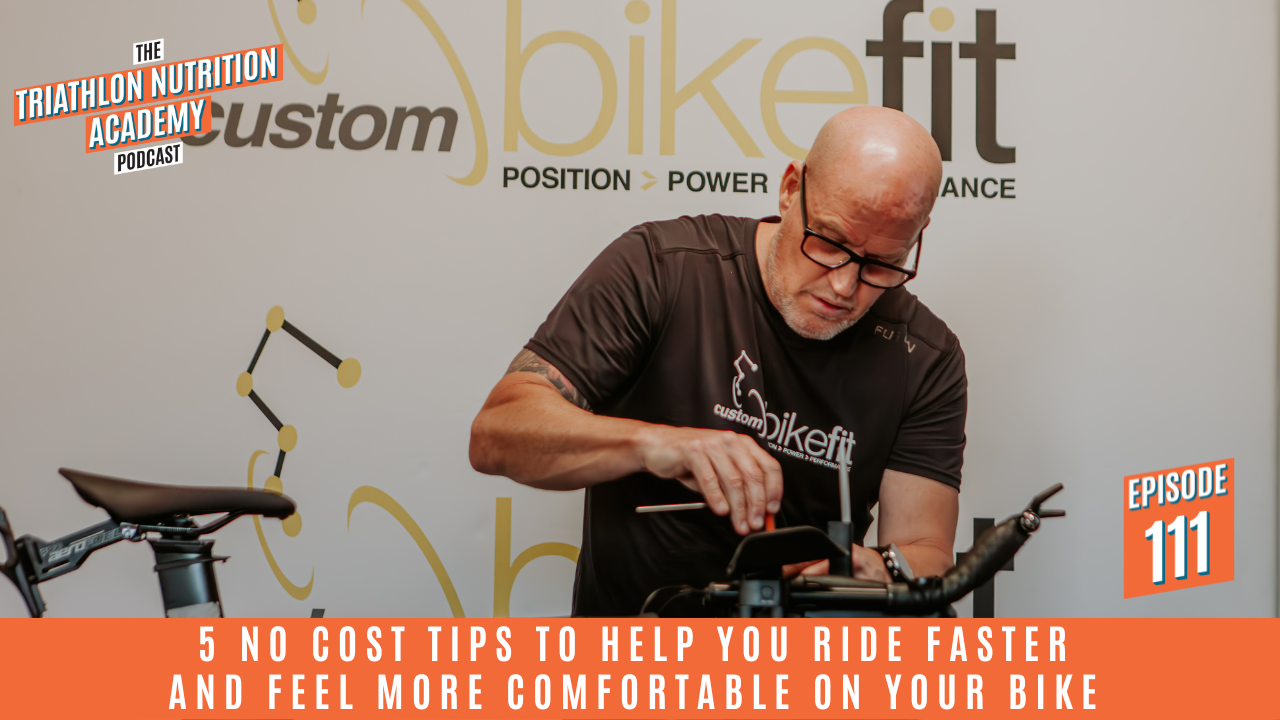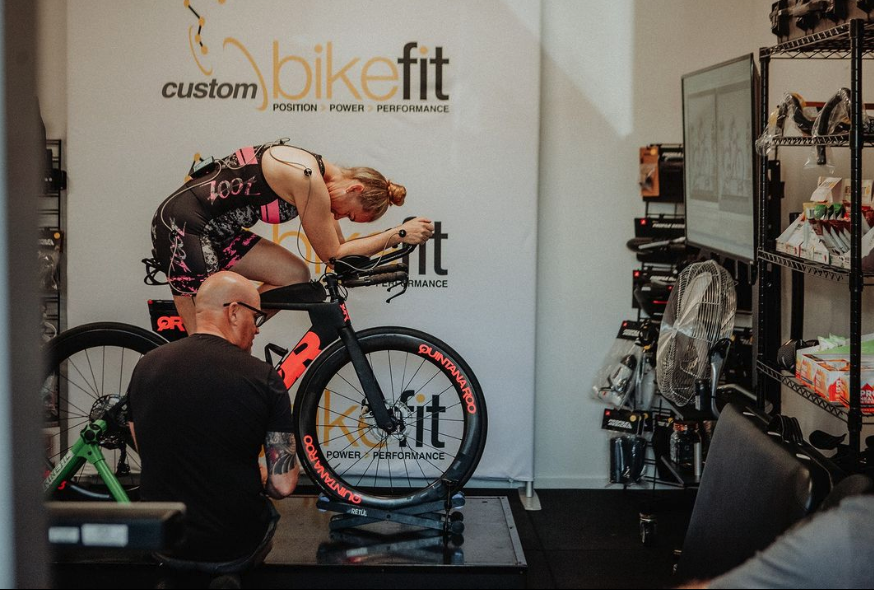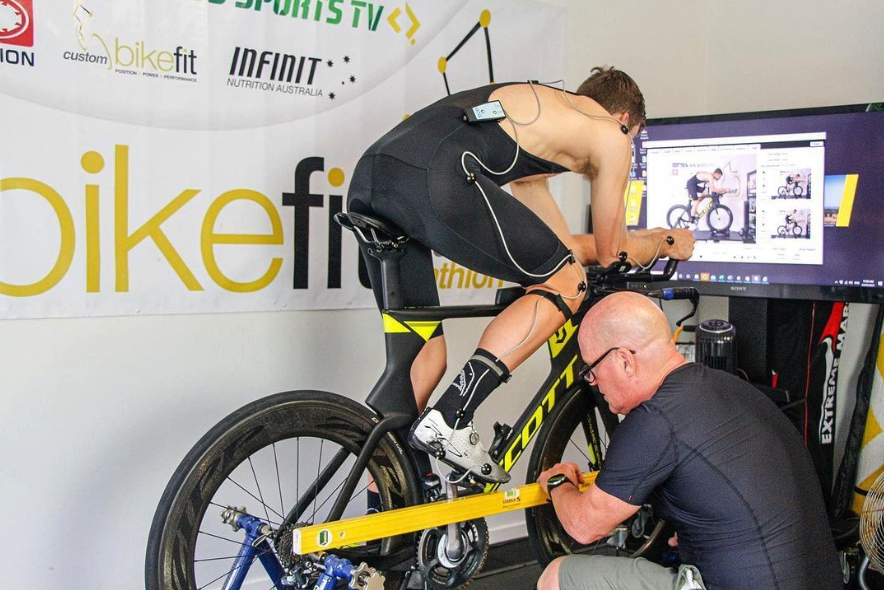Five No Cost Tips to Help You Ride Faster and Feel More Comfortable on Your Bike with Bike Fit Specialist Michael Baker

Michael Baker from Custom Bike Fit, is on a mission to help one million athletes feel more comfortable on their bikes.
As a triathlete himself and with more than 10 years of experience working with triathletes, he totally gets it.
And kindly shares lots of practical and zero cost tips with us to get you riding faster, with less pain, tick, and tick.
Michael believes in a personalised approach to bike fitting. Rather than relying solely on your height, he suggests configuring a bike based on your unique needs and preferences, down to the crank length.
Let’s break down a few of his suggestions.

Invest in your bike
Before you buy a bike, consider investing in a bike fit session.
It's a small upfront cost that can save you thousands of dollars in the long run.
A proper fit can help you find the right frame size, crank length, handlebar width, and more.
Adjustability
When buying a bike, pay attention to its adjustability.
Can you fine-tune the saddle height, move the saddle back and forth, and adjust the handlebars or aerobars' height? These features can make a significant difference in your comfort and performance.

Crank length matters
Shorter crank lengths are generally better for triathletes.
They open up your hip angle, making it easier to generate power and reducing the risk of knee pain.
Crank lengths can vary, so knowing your ideal length can help you make informed decisions.
Evolution of bike fitting
Bike fitting is an evolving process. New products and innovations continually emerge to improve your riding experience.
Michael's goal is to empower you to evolve your fit over time, as new solutions become available.
Optimising saddle comfort
Saddle discomfort is a common issue, especially for female cyclists. Proper saddle setup is crucial.
Ensure your saddle is level and positioned correctly, and don't hesitate to experiment with different saddle options until you find the right one for you.
Consider brands like ISM, Bontrager, and Specialized for quality time trial saddles.
Don't waste money on new saddles; explore the second-hand market for deals.

Hands and feet
Common foot pain issues can often be solved by adjusting cleat positions.
Moving cleats back to a mid-foot position can provide comfort and power.
Avoid cramping by leveling your foot position and keeping toes from pointing down.
Ensure your cycling shoes have a spacious toe box for comfort. Properly positioned cleats on the shoes can make a significant difference in your ride.
Handlebar adjustability can enhance your riding experience.Setting up the handlebars to suit your comfort can make a big difference.
Right hydration and nutrition
Always carry a front-mounted hydration system for easy access.
Consider the course, race duration, and your preferences when planning nutrition and hydration.
Ensure your bottles are securely attached to avoid losing them during the race.
Properly position bottles behind your saddle for easy access.
Use gaffer tape to secure bottles and prevent loss during the race.
Choose cages with rubber O-rings to keep bottles in place.
Staying Aero
Maintain a sustainable and aerodynamic position on your bike.
The right setup helps you reduce drag and stay efficient.
Be aware of your posture to prevent neck pain and discomfort.
Aerodynamics often outweigh weight considerations in triathlon.

Bike Fit On Yourself Online Course
Michael Baker's online course guides you through the bike fitting process. Visit CustomBikeFit.com for more information.
Learn how to set up your cleats, saddle, handlebars, and hydration systems. And gain insights into the best bike accessories and make informed purchase decisions.
Whether you're new to cycling or a seasoned triathlete, these tips will help you ride faster, more comfortably, and with confidence. Get ready to conquer the road!




